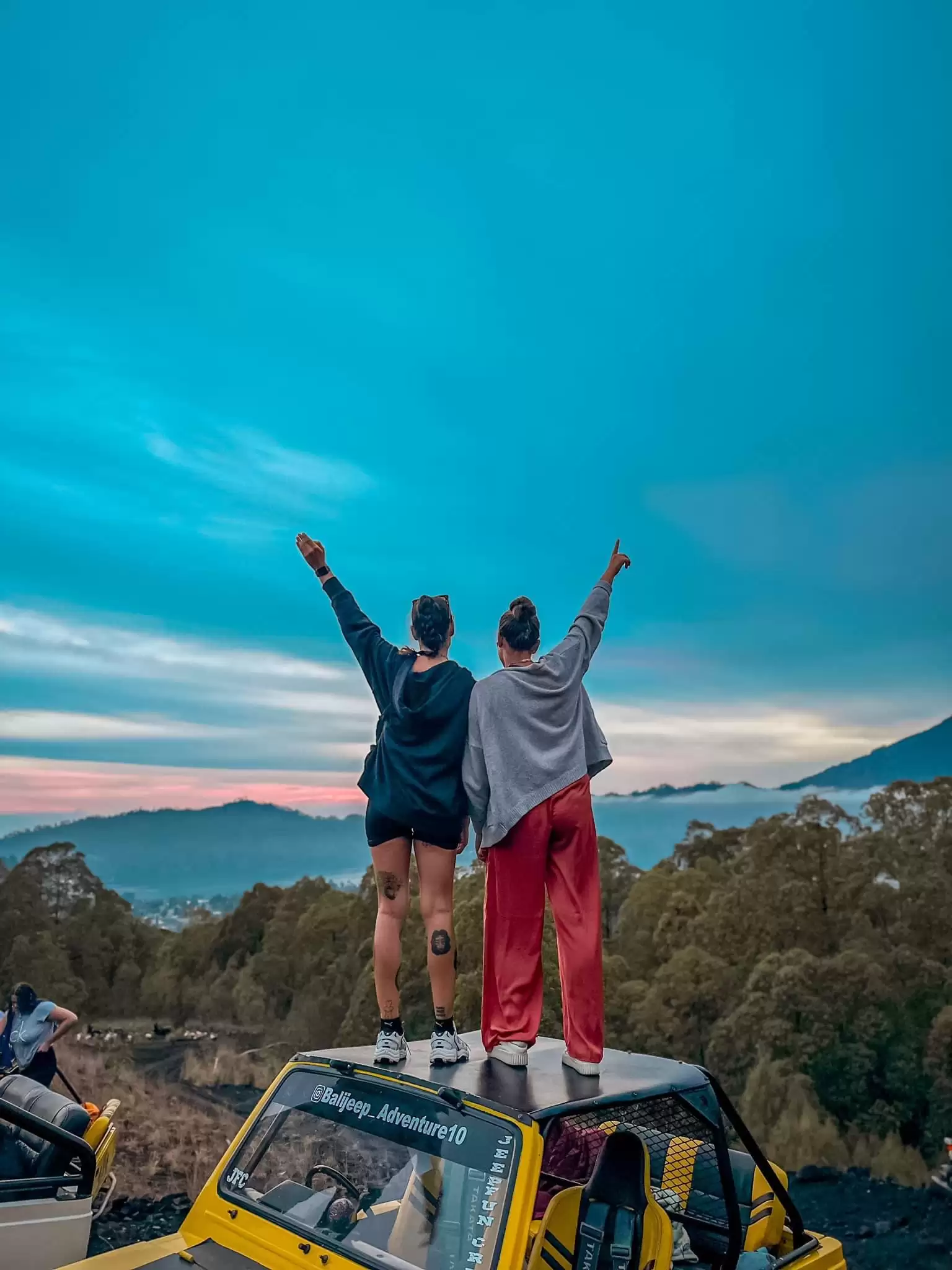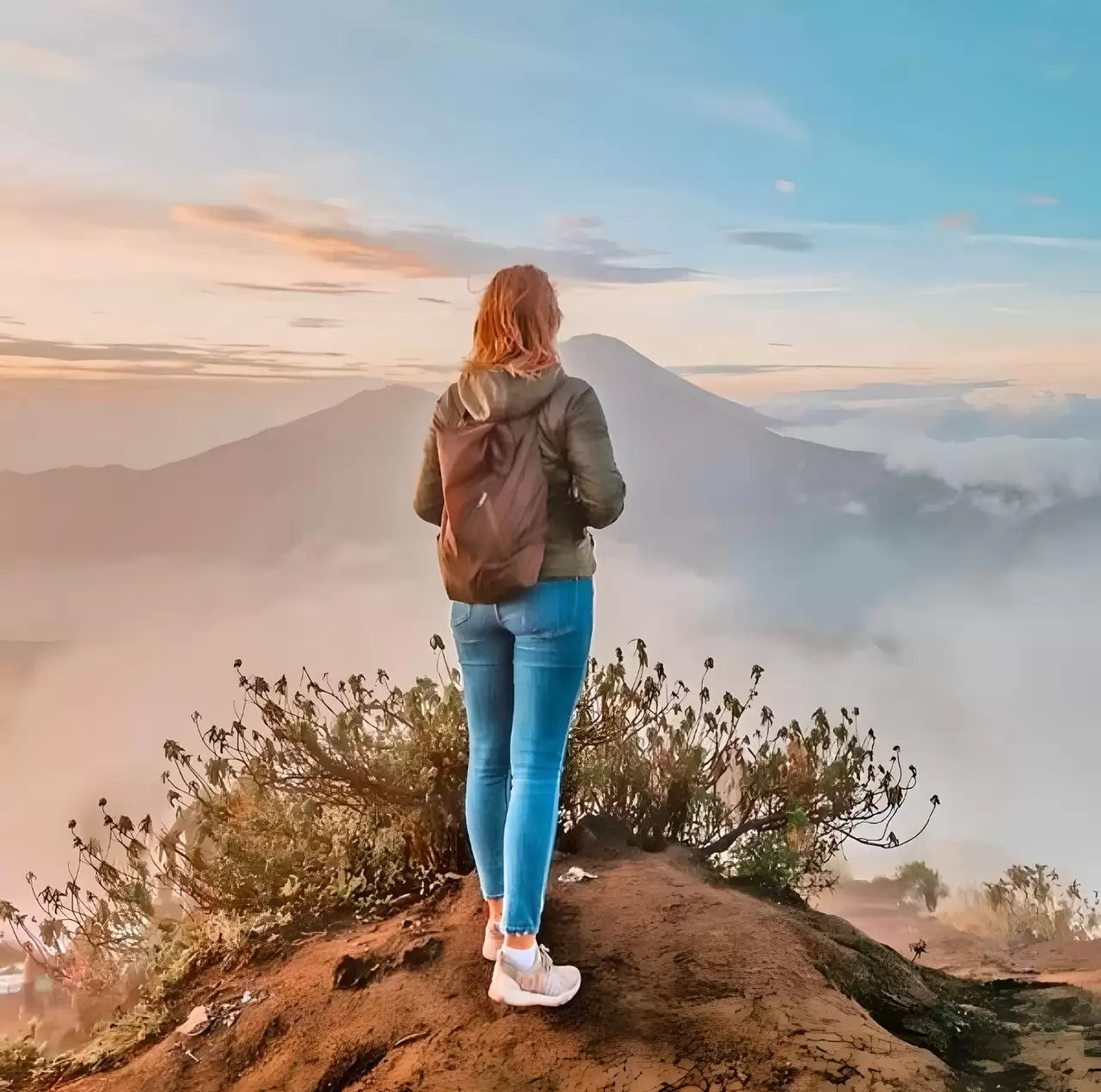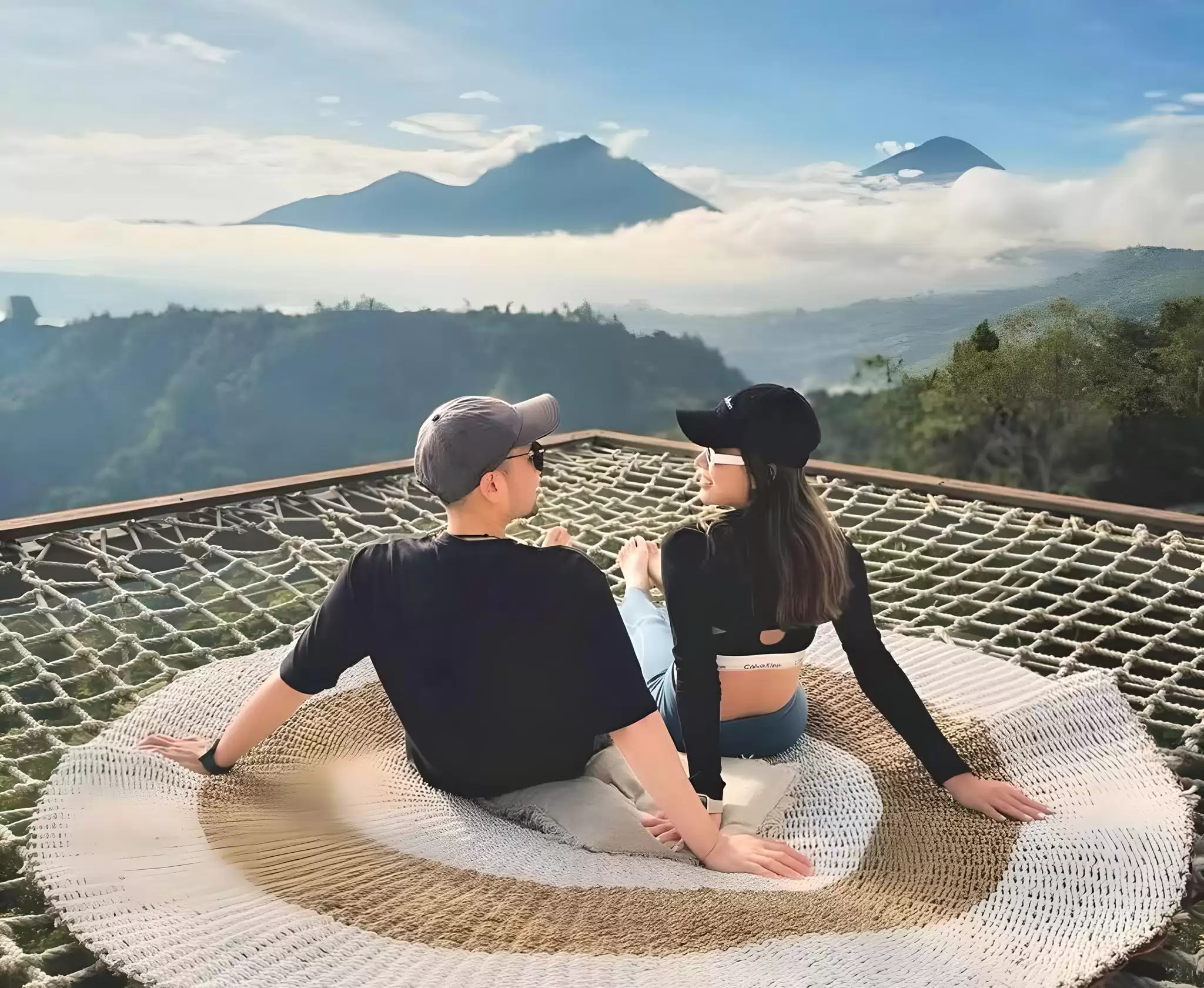How Mount Batur's Eruption Shaped Bali's Landscape

Mount Batur isn’t just an impressive volcano — it’s one of the key forces that shaped the landscape you see in Bali today. Its eruptions, some dating back thousands of years, have carved out valleys, created vast lava fields, and even formed the giant crater that now holds Lake Batur and the village of Toya Bungkah.
Mount Batur: The Geological Marvel of Bali
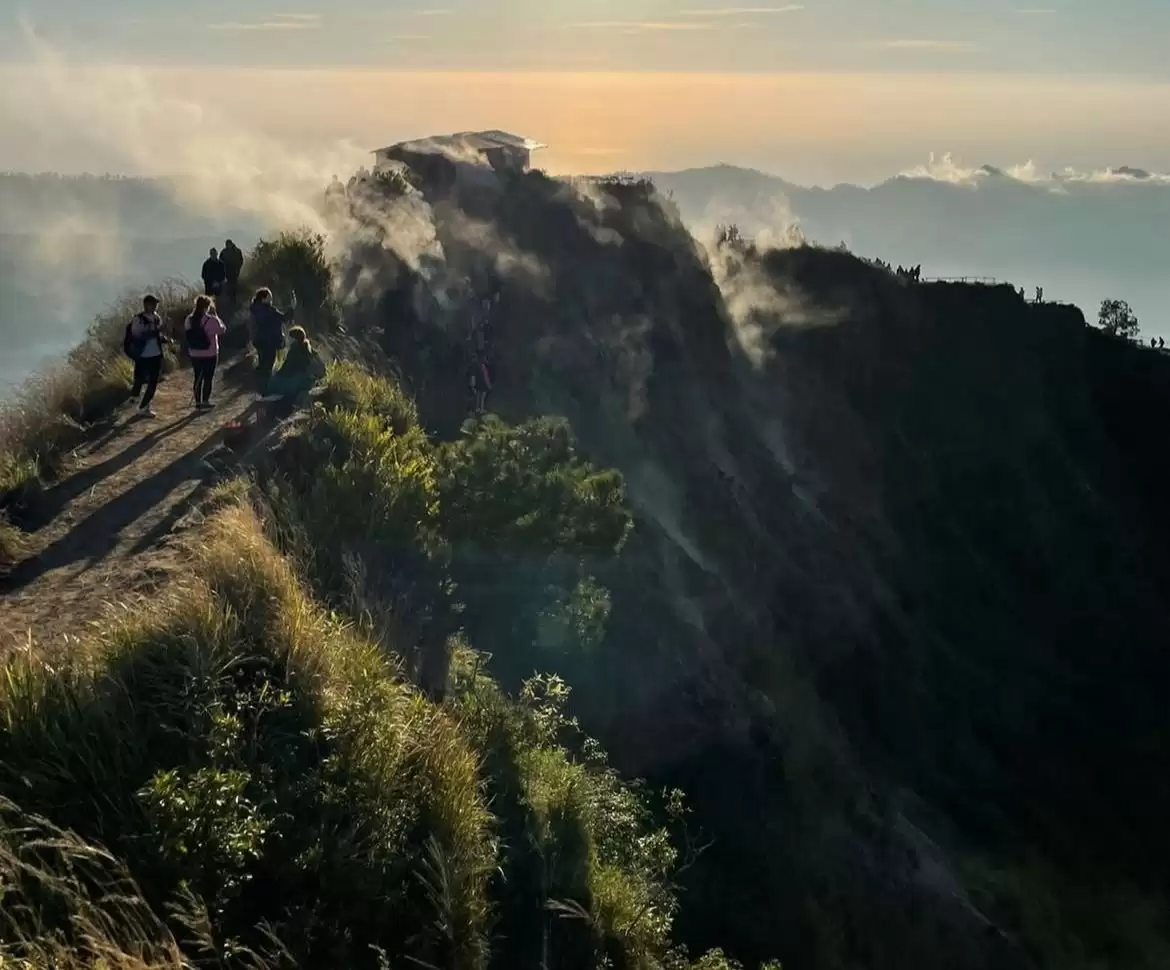
Mount Batur isn’t just a stunning sunrise viewpoint — it’s one of Bali’s most fascinating geological wonders. Sitting in the highlands of Kintamani, this active volcano has been quietly (and sometimes not so quietly) shaping the island’s landscape for thousands of years. It’s a place where you can literally see the Earth’s power etched into the ground.
What makes Mount Batur so unique is its double caldera system. Long ago, a massive eruption caused the volcano's original summit to collapse, forming a gigantic crater. Inside that, a new peak – the Mount Batur you see today – slowly emerged. This rare formation means you’re standing on a volcano... inside another volcano. Pretty epic, right?
You’ll also see sweeping black lava fields surrounding the base – hardened flows from more recent eruptions, like the one in the 1960s. These lava fields, while rugged and dramatic, are also responsible for the area's super-fertile soil, which supports local farming villages growing everything from tomatoes to chillies.
Geology aside, Mount Batur still pulses with life. It’s considered sacred by the Balinese, who regularly make offerings to respect the spirits of the mountain. And while it’s closely monitored and safe to visit, it reminds you that nature is powerful, unpredictable, and awe-inspiring.
The Great Eruption: Turning Point in Bali's Landscape
The great eruption of Mount Batur wasn’t just another volcanic event — it was a turning point that reshaped the very heart of Bali’s landscape. Thousands of years ago, a colossal eruption caused the entire top of the volcano to collapse, forming a massive crater nearly 13km wide. This is the caldera you see today, home to the shimmering Lake Batur and several mountain villages that now sit within its rim.
That eruption was one of the most powerful in Bali’s history, and it changed everything. Mountains crumbled, lava flowed for miles, and a new, smaller cone slowly began to build itself up over time — the Mount Batur we know today. If you visit, you’ll notice the layers of this ancient drama in the shape of the land: steep caldera walls, jagged black lava fields, and the still-growing volcanic peak at its centre.
The spiritual impact was just as big. Mount Batur is considered sacred by locals, and the Batur Temple on the caldera rim is one of Bali’s most important temples. Even today, the Balinese regularly make offerings to honour and stay in harmony with this powerful force of nature.
So when you set foot on Mount Batur’s trails or ride through its lava fields, you're not just visiting a volcano — you’re standing on the legacy of a great eruption that shaped both the land and the lives of the people who call this magical place home.
Fertile Lands: Agricultural Benefits of Volcanic Activity
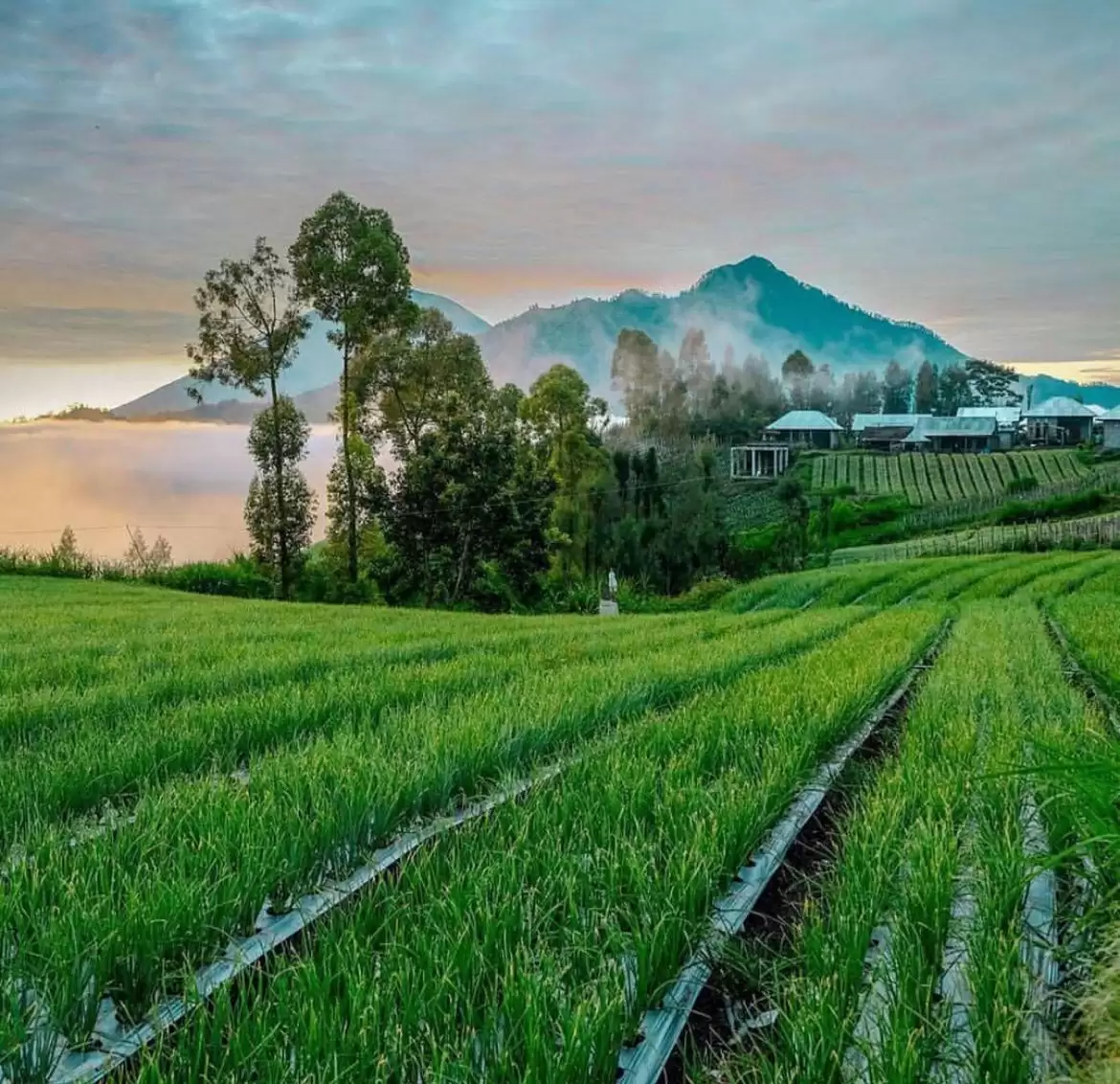
When you think of a volcano, you probably think of fiery eruptions and rocky landscapes — but did you know that volcanoes like Mount Batur are also responsible for creating some of the most fertile land in the world? In fact, the farms around Batur owe much of their success to the very eruptions that once reshaped Bali’s heart.
Each time Mount Batur erupted, it left behind layers of volcanic ash and mineral-rich lava. Over time, this transformed into incredibly fertile soil that’s perfect for growing all sorts of crops. Today, you’ll see neat green rows of tomatoes, chillies, onions, and cabbages thriving in the cool highlands of Kintamani. The soil here is so rich that farmers can produce bountiful harvests season after season — without needing much in the way of fertilisers.
This mix of volcanic nutrients and the highland climate makes the area one of Bali’s key agricultural zones. Local communities have learned to work with the land, using traditional farming methods passed down for generations. Many even offer fresh produce at local markets or roadside stands — don’t be surprised if your guide pulls over during a jeep tour to grab a bag of just-picked veggies!
So while volcanoes are often seen as destructive, Mount Batur shows how they also give life. Behind every black lava field lies a thriving green patch — a reminder that nature, even in its wildest moments, has a way of restoring balance and giving back.
Tourism and Cultural Significance
Mount Batur is more than just a destination for adventure—it’s a mountain deeply woven into Bali’s spiritual heart and local way of life. While it draws thousands of travellers every year for its epic sunrises and black lava fields, it’s also a sacred place with rich cultural significance.
For the Balinese, Mount Batur is considered one of the island’s most holy mountains. It’s believed to be the home of powerful ancestral spirits, and locals regularly make offerings here to honour and stay in balance with nature. Just nearby, you’ll find Pura Ulun Danu Batur, one of Bali’s nine directional temples, dedicated to Dewi Danu, the goddess of the lake and water. It’s a key place of worship and an important part of local spiritual traditions.
Tourism around Mount Batur brings more than just curious adventurers—it provides a meaningful source of income for the local community. Many of the guides you’ll meet grew up in the surrounding villages, learning the mountain's trails and stories from a young age. By joining a locally-run tour, you’re not only getting insider knowledge, but also supporting families who rely on this land in more ways than one.
Environmental Impact and Ecosystem Development
Mount Batur’s powerful eruptions may seem destructive at first glance, but in reality, they’ve played a huge role in shaping a unique and thriving ecosystem. What’s left behind after a volcanic eruption is far from lifeless — in fact, it sets the stage for rich biodiversity, fertile soil, and a rebirth of new life across the landscape.
The black lava fields you’ll see around Batur might look harsh, but over time, they break down into mineral-rich soil that supports lush highland farming. This goes hand-in-hand with the cooler climate of the Kintamani region, making it the perfect environment for growing vegetables, fruits, and coffee. It’s one of Bali's most productive agricultural areas — all thanks to Batur’s volcanic past.
Alongside the farmland, natural reforestation happens over time. Hardy plant species start to grow in the cracks of the old lava flows, followed by trees, flowers, and eventually wildlife. Birds, butterflies, and insects return as the ecosystem slowly balances itself out again. This kind of regeneration is a fascinating reminder of how resilient nature really is.
Local communities have adapted to live in harmony with the volcano. They use its fertile slopes for farming, treat the lake as a vital water source, and maintain the delicate balance between progress and preservation. Many guides and tour operators also support eco-friendly initiatives like minimising waste, protecting sacred spots, and educating visitors on the importance of respecting the land.
So while Mount Batur may be a volcano, it’s also a life-giver. Its eruptions have shaped not only the landscape but also the ecosystems and livelihoods that grow from it — making it a living example of nature’s cycle of destruction and regeneration.
Whether you’re hiking to the summit by Ubud Sunrise Hiking, exploring the lava fields by Mount Batur Jeep, or enjoying a meal with a view of the caldera, every experience here is wrapped in layers of story and spirit. It’s the connection between land, people, and tradition that makes Mount Batur feel so much more than just a beautiful place—it’s a living, breathing part of Bali itself.

